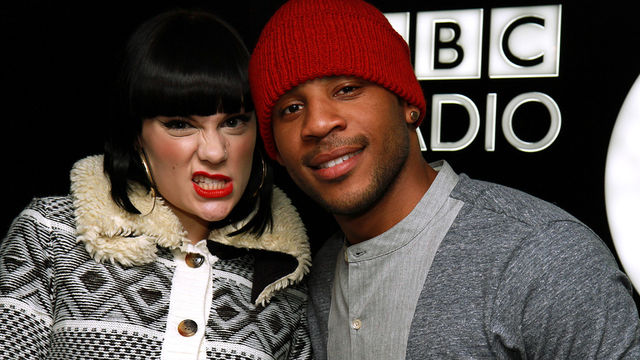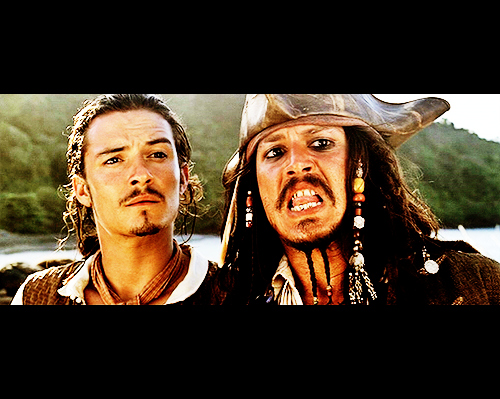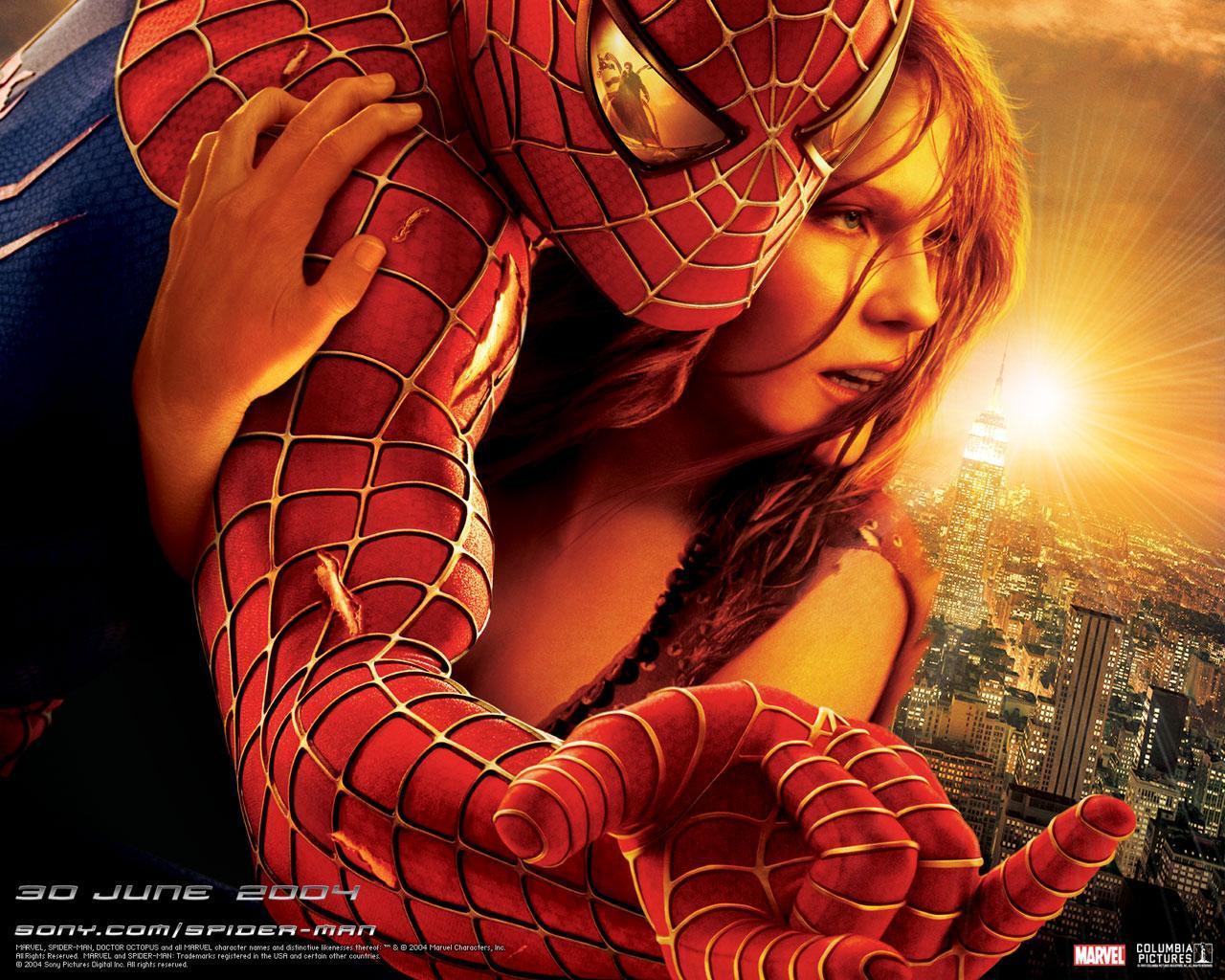Meaning
In our project we had to record and show a dramatic scene which would be seen in a ordinary soap opera. Our specific storyline was a parent being called in due to her sons attendance. We used specific performers, props, costumes and mise-en-scene to connote particular roles and atmosphere within out video. The three characteres that were in our video was a student who's body language is extremely relaxed and sloutched which connotes "Elliots" attitude towards the situation and education. This gives a negative representation of students. His costume consists of a black hooded jumper which again suggests and resembles his attitude to education, as he almost "cannot be bothered" that school is just a "doss" around for him. Also it could suggest his personaliy as being dark, moody and almost depressed. At the begining of the video 'Elliot's' attitude is uninterested, he seems like he cannot be bothered for whats happeneing which is all in his body language and tone of voice. At the ends of the video he seems to be genuinly sorry and says "please dont exclude me" which could connote that school children give of the impression that they dont care about school and learning when in fact they do. The teacher body language seems nervous and uneasy, which could suggests shes not a confident teacher which could reflect on her performance in lessons. That she might possibly not be able to control a class.. which would lead to an explanation at why 'Elliot' has been missing lessons. This is a un-sterotypical view of a teacher, as they are expected to be confident in teaching and what they are saying which doesnt seem to be in our video. We felt like this was more or a realistic approach, as it almost shows the truth behind education and teachers, that they are not always in control, and that sometimes pupils have more control over them. Also the costume connotes that shes not a bold and exciting character with the use of wearing all black clothing.How ever it could indicate the role of the teacher as 'villians' are known to always be in black costume. The parent's attitude is very intimidating towards to the teacher which adds more atmospher and tension to the scene.Also at the end of the scene where the parent says "iv had enough of this" and storms out connotes parents in denial about their childrens behaviour towards education, this gives a impression of bad parenting. The props we used where school equipment such as books and folders to give more of a educational and school atmospher. The setting was set in the teachers office which gives a sense of importance and a personal feel. The lighting had a dull tone to it, to almost match with the characters attitude and personality
Narratives
In our videos I was the teacher and I asked Jay the student to have a meeting with him and his mum about missing a lesson at school. I had a meeting with Jay and his mum about his attendance to lesson and it shows the conflict between Jay and his mother. the purpose of this scene was to show the the conflict between the teacher, the parent and her son, and how the teacher tried to resolve the issue. The narratives in my video are multi -stranded. The meaning of this, is that the dramatic soap is told from many point of views. Our point of view is that we show a conflict between the family and the teacher. The conflict of our video shows the situation between the parent and her son and how the parent suggest that she doesn't really seem to be interested in her son. There are many other views about this conflicts but we concentrate more on this one. The reason we did this because we were inspired from family soaps such as Eastenders and how they use conflicts between family, so we wanted to try this.For a normal family in a soap a conflict is usually told in a serial because its like never ending but for our video its just one episode because it does not carry on. For our video we create a sense of conflict between the parent and the kid to show the tension between the family and how the school gets involved in this conflict. I think we have shown this and has been really effective because we have shown how the parent does not really care about her son very well and the tension between the teacher and the parent. Some of the shots we used to show this is close up shot for the parent reaction and medium shot to show other peoples reactions as well. For our family soap it has to be realistic so the audience can adapt this to their lives. So we used a real issue and in our production we didn't use any cross cutting shots or other effects to make it unrealistic. we also had to make the video relaistic but yet interesting so people could watch it. i think we have show this because in our video we used a real issues but made in interesting.


.jpg)



















